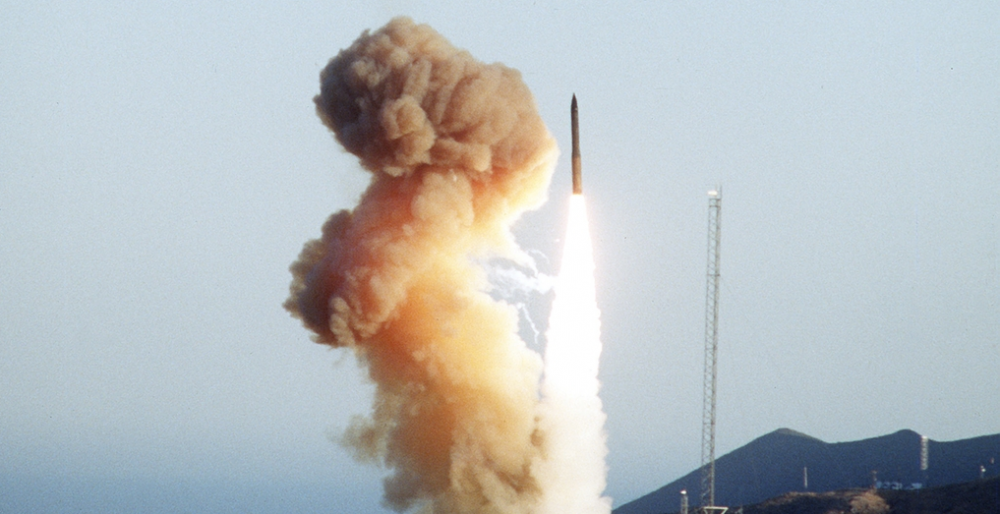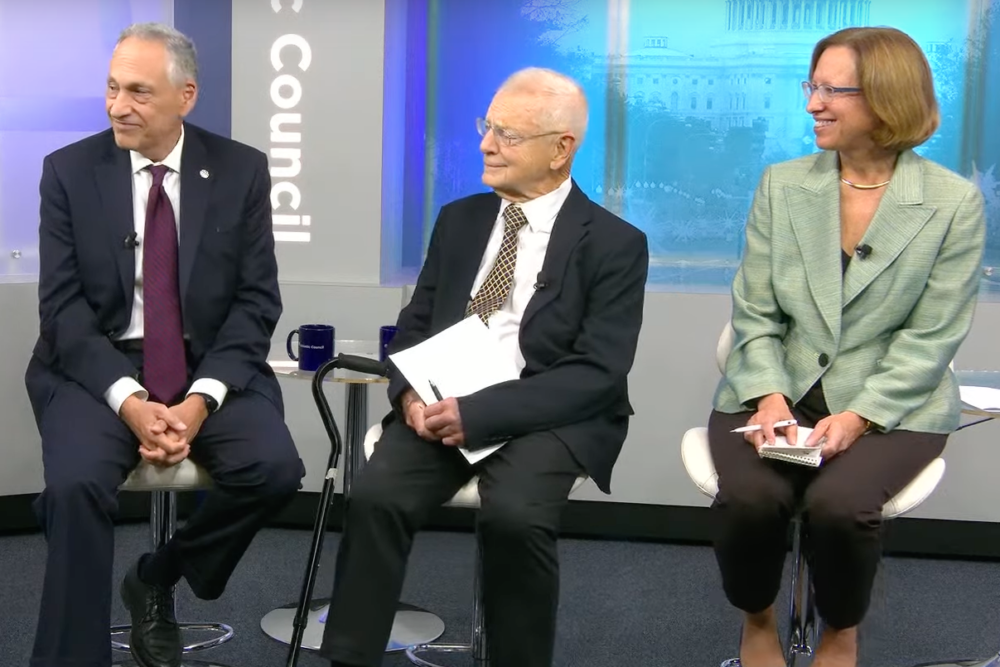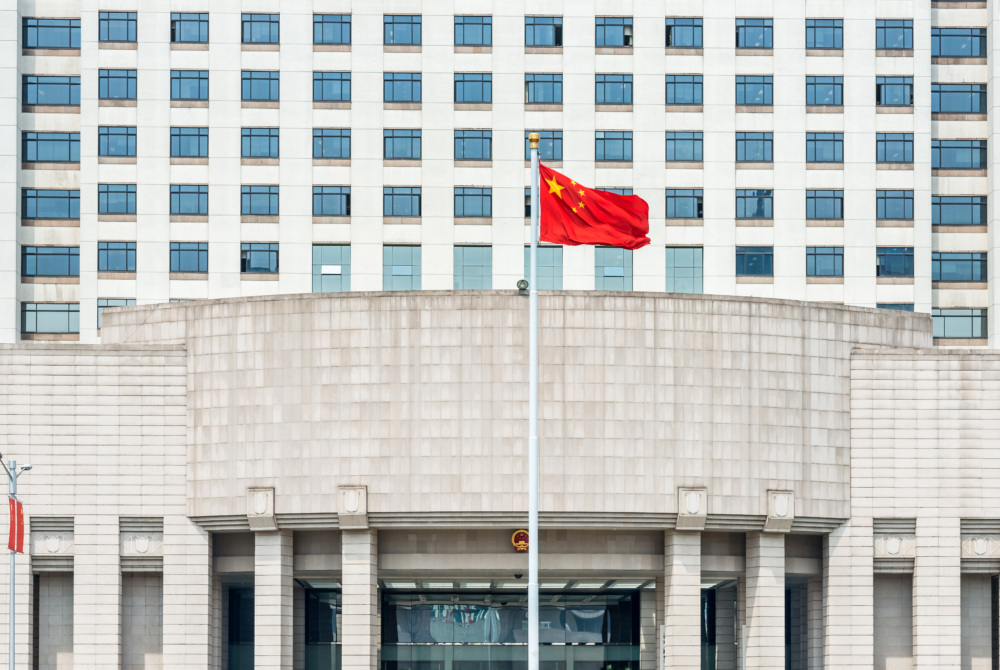
Samantha Neakrase
Senior Director
Atomic Pulse
After a campaign that featured virtually no
substantial discussion of global or nuclear policy issues, President-elect Trump and his team will face a host of complex
decisions around the future size and composition of the U.S. nuclear arsenal,
the posture of nuclear weapons, and the conditions under which those weapons
could be deployed. Nuclear budgets put in place by President Obama will need to
be reviewed, and budget constraints will factor into decisions about what
kinds of nuclear weapons, and how many, the United States can afford to
refurbish and on what time frame. All of these decisions will need to be
addressed in the context of worsened U.S.-Russia relations, an increasingly dangerous and intransigent North Korea, and a nonproliferation regime that is under tremendous pressure. On the new president’s agenda:
Nuclear Modernization: The Trump administration will inherit
a nuclear budget and modernization
plan that calls for up to $1 trillion in spending over 30 years to completely
refurbish the entire nuclear triad and build new nuclear capabilities. The White House and Congress will face
serious questions about how to proceed in the face of budgetary pressures in
the Department of the Defense (and an upcoming funding “bow wave”). In addition, the
administration will need to factor in: how modernization plans impact strategic stability vis-à-vis
Russia and China; whether it hurts or
helps nonproliferation goals with respect to U.S. allies or other non-nuclear-weapons
states; whether nuclear weapons
spending hampers our ability to fund other defense priorities or other domestic
priorities (use this tool to decide for yourself); and whether nuclear deterrence remains
relevant in the face of today’s threats, such as terrorism and cyber attacks. Given
the high cost of modernization plans, there should also be an opportunity to
have a broader national debate on these weapons.
The Nuclear Triad: The United States reports that it has a nuclear force of 1,367 deployed
strategic nuclear weapons. This definition excludes smaller “tactical”
nuclear weapons deployed in Europe
under the NATO umbrella and thousands of warheads that are in storage. The
number of deployed nuclear weapons is actually larger because the United States
reports these numbers under the current U.S.-Russia arms control agreement
known as New START, which counts strategic bombers as one weapon even though
they can carry multiple nuclear warheads. The arsenal is made up of land-based intercontinental
ballistic missiles (ICBMs) that are placed in fixed silos across the United
States. There are also submarine-launched ballistic missiles (SLBMs) and
nuclear weapons that can be launched or dropped from strategic bombers. These
make up the so-called land, sea, and air-based “legs” of the triad. Modernization
plans call for the replacement of all three legs. However, there has recently
been a push by some retired military and government officials, including former
Secretary of Defense William Perry, to phase out the ICBM leg, which would reduce the overall
nuclear arsenal by approximately one third and save tens of billions of dollars.
(The Pentagon said in 2013 that the United States can safely cut its nuclear
arsenal by one third.) For both sides of the debate, see this piece by Tobin Harshaw, this piece by Jeffrey Lewis of Arms Control Wonk, and this piece by Constance Baroudos and Peter Huessy. For more on the
rationale for each leg of the triad, see this PBS News Hour special report.
Prompt Launch: The alert status of U.S. nuclear forces is another issue the
White House must address. Currently, the United States has roughly 900 warheads
on hundreds of ballistic missiles on so-called “prompt launch” status or “hair
trigger alert” (Russia has about the same number on this high-alert status.)
This means that a president only has minutes
to decide whether to launch nuclear weapons in response to a warning of an incoming nuclear attack. This short decision time would create immense pressure
on a president in a crisis situation – and nuclear weapons, once launched,
cannot be called back. The current alert status also creates the risk of an
accidental, mistaken, or unauthorized launch of nuclear weapons. A few
nightmare scenarios come to mind: What about a situation when there has been a
false warning due to computer error (as has actually
happened)? Or the possibility
that a cyber attack might
spoof a warning of incoming attack? Both of these scenarios could lead to devastating
consequences, as described in the following NTI clip.
Other sources on prompt launch include Bruce Blair’s chilling
piece in Politico and the Union of
Concerned Scientists resources, including this and this.
Declaratory Policy: The next administration will also have to
establish under what circumstances the United States would use a nuclear weapon.
For instance, should the United States declare that the sole purpose of nuclear weapons is to deter a nuclear attack? Or do
we use our nuclear weapons to also deter non-nuclear attacks, such as chemical
or biological attacks or other existential threats? Also, should the
administration adopt a no-first-use
policy—in other words should we state publicly that the United States will
not be the first to use nuclear weapons? According to the most recent nuclear posture review, the United States does not have a no-first-use
policy or a sole purpose doctrine. That means the government reserves the right
to use nuclear weapons first and in scenarios other than responding to a
nuclear attack, such as to deter conventional, chemical, or biological attacks
by countries with nuclear weapons or not in compliance with nonproliferation
obligations – though U.S. policy does say that the “fundamental role” of
nuclear weapons is to deter a nuclear attack against itself or its allies.
Some journalists have reported that President Obama recently considered
adopting a no-first-use policy, but that the administration faced opposition from within the U.S. government and from U.S. allies. This is
because adopting such a policy has implications not just for the United States,
but also for its allies in the Asia-Pacific region and in NATO that rely on the U.S. “nuclear umbrella.” To
understand more about this topic and different views, see this piece by Bruce Blair in Politico, this piece by Bruce Blair and General James E. Cartwright, this piece by Michael Krepon, and this piece by David Sanger and William Broad in the
New York Times. For more on sole purpose, see this
piece from the Union of
Concerned Scientists and this explainer from The Wall Street
Journal.
Sign up for our newsletter to get the latest on nuclear and biological threats.
Lynn Rusten, vice president of NTI’s Global Nuclear Policy Program, shares her reaction to the 2023 Strategic Posture Report during a panel event at the Atlantic Council.
Amid uncertainty around China’s expanding nuclear program and silence from Beijing about the intent behind the build-up, a new report offers details about China’s nuclear program that suggest significant implications for U.S. and global security.
When it comes to nuclear weapons and the Korean Peninsula, nearly all the attention goes to North Korea, but a public debate is heating up south of the demilitarized zone, with some officials in South Korea asking: Should Seoul pursue a nuclear weapons program, too?



